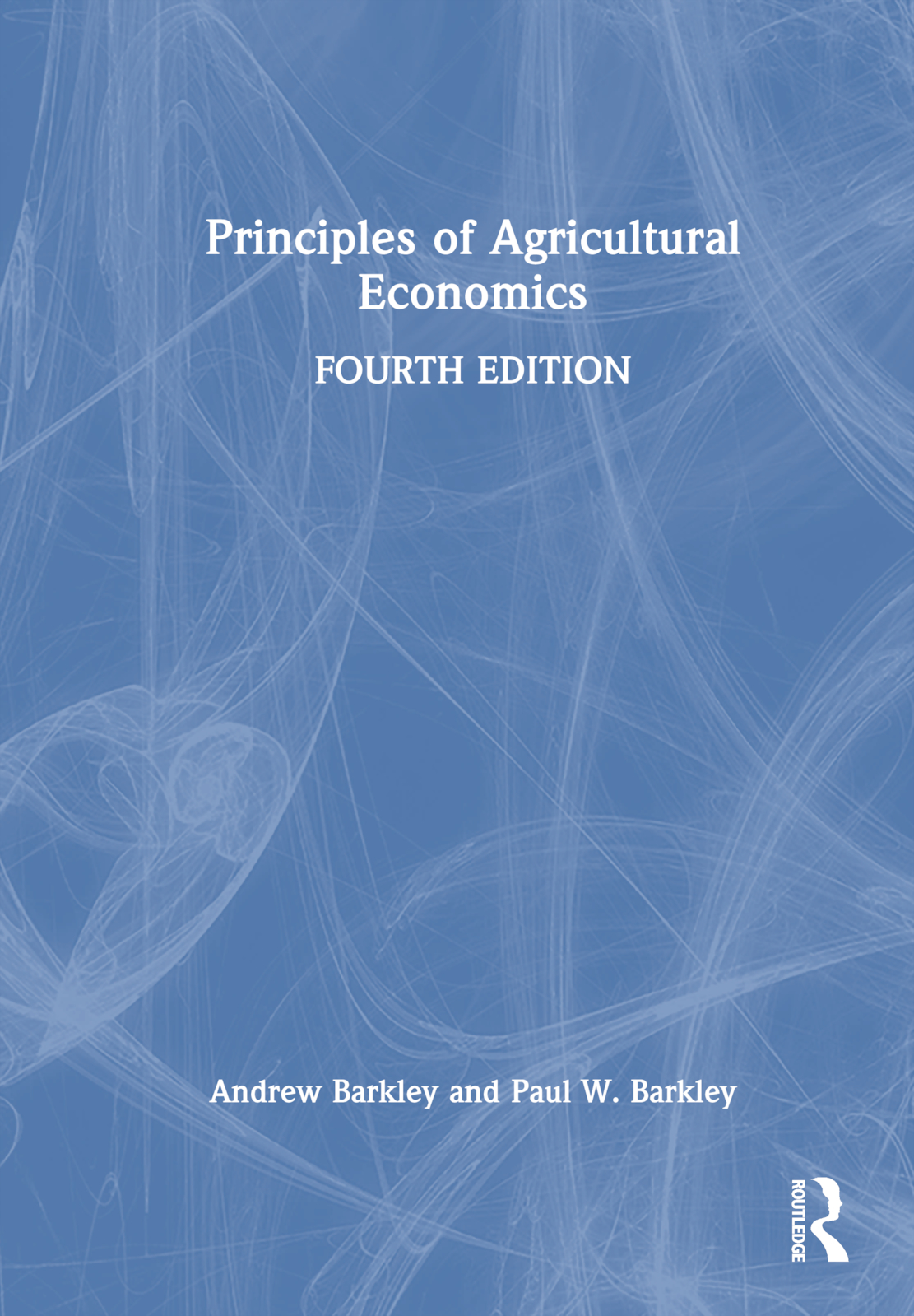
Mondrian’s Philosophy of Visual Rhythm:Phenomenology, Wittgenstein, and Eastern thought(Sophia Studies in Cross-cultural Philosophy of Traditions and Cultures)
蒙德里安视觉节奏哲学:现象学、维特根斯坦与东方思维
美学售 价:
¥
972.00
发货周期:预计8-10周发货
作 者
出 版 社
出版时间
2017年12月01日
装 帧
精装
页 码
260
语 种
英文
综合评分
暂无评分
- 图书详情
- 目次
- 买家须知
- 书评(0)
- 权威书评(0)
图书简介
This volume investigates the meaning of visual rhythm through Piet Mondrian’s unique approach to understanding rhythm in the compositional structure of painting, drawing reference from philosophy, aesthetics, and Zen culture. Its innovation lies in its reappraisal of a forgotten definition of rhythm as ‘stasis’ or ‘composition’ which can be traced back to ancient Greek thought. This conception of rhythm, the book argues, can be demonstrated in terms of pictorial strategy, through analysis of East Asian painting and calligraphy with which Greek thought on rhythm has identifiable commonalities. The book demonstrates how these ideas about rhythm draw together various threads of intellectual development in the visual arts that cross disparate aesthetic cultural practices. As an icon of early 20th Century Modernism, Mondrian’s neoplasticism is a serious painterly and philosophical achievement. In his painting, Mondrian was deeply influenced by Theosophy, which took its influence from Eastern aesthetics; particularly East Asian and Indian thought. However, Mondrian’s approach to visual rhythm was so ideosynratic that his contribution to studies of visual rhythm is often under-recognized. This volume shows that a close inspection of Mondrian’s own writing, thinking and painting has much to tell scholars about how to understand a long forgotten aspect of visual rhythm. Rodin’s famous criticism of photography (“athlete-in-motion is forever frozen”) can be applied to Muybridge’s zoopraxiscope, the Futurists’ rendition of stroboscopic images, and Duchamp’s “Nude Descending a Staircase.” Through a comparative study between Mondrian’s painting and these seminal works, this volume initiates a new convention for the cognition of the surface of painting as visual rhythm.
本书暂无推荐
本书暂无推荐















